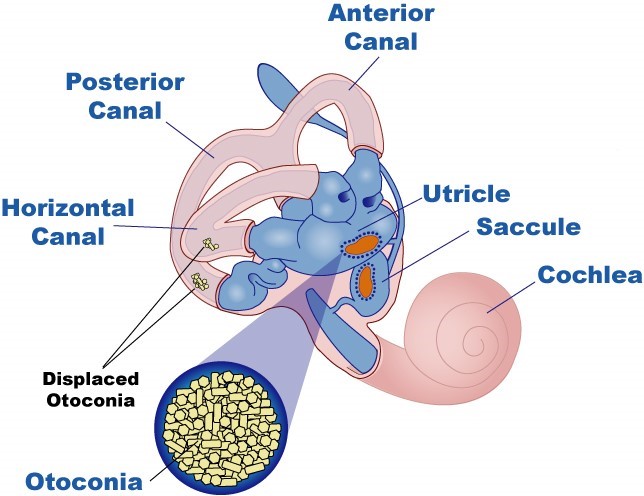

There are two types of vertigo, known as peripheral and central, depending on the cause. Vertigo is a symptom of several different conditions. Read more about phobias for advice and information. The medical term for a fear of heights and the dizzy feeling associated with looking down from a high place is "acrophobia". The term vertigo is often incorrectly used to describe a fear of heights. do exercises that trigger your vertigo, so your brain gets used to it and reduces the symptoms (do these only after making sure you won't fall, and have support if needed).move your head carefully and slowly during daily activities.avoid extending your neck – for example, while reaching up to a high shelf.get up slowly when getting out of bed and sit on the edge of the bed for a minute or so before standing.sleep with your head slightly raised on two or more pillows.do simple exercises to correct your symptoms.Your GP or the specialist treating you may advise you to: Read more about treating vertigo Self careĭepending on what's causing your vertigo, there may be things you can do yourself to help relieve your symptoms.
#Types of vertigo series#
Many people with vertigo also benefit from vestibular rehabilitation training (VRT), which is a series of exercises for people with dizziness and balance problems. Medicines, such as prochlorperazine and some antihistamines, can help in the early stages or most cases of vertigo.

A series of simple head movements (known as the Epley manoeuvre) is used to treat BPPV. There are specific treatments for some causes of vertigo. However, some people have repeated episodes for many months, or even years, such as those with Ménière's disease. Some cases of vertigo improve over time, without treatment. Read more about the causes of vertigo How is vertigo treated?

Vertigo is a symptom, rather than a condition itself.


 0 kommentar(er)
0 kommentar(er)
